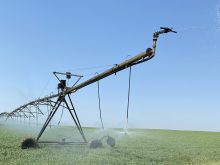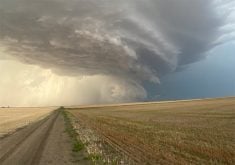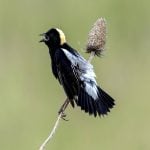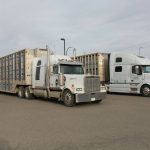LETHBRIDGE – A pasture mix of legumes and grass offers the best of both worlds to improve forage yields and cattle weight gain.
“Generally you see a 10 to 15 percent improvement in the overall yield so there is the potential to get more production by having that legume there with the grass,” said Alan Iwaasa of Agriculture Canada’s research centre in Swift Current, Sask. He spoke at a legume grazing conference in Lethbridge Nov. 29.
Animal performance is generally higher on this kind of mix with a five to 25 percent improvement in gain.
Read Also
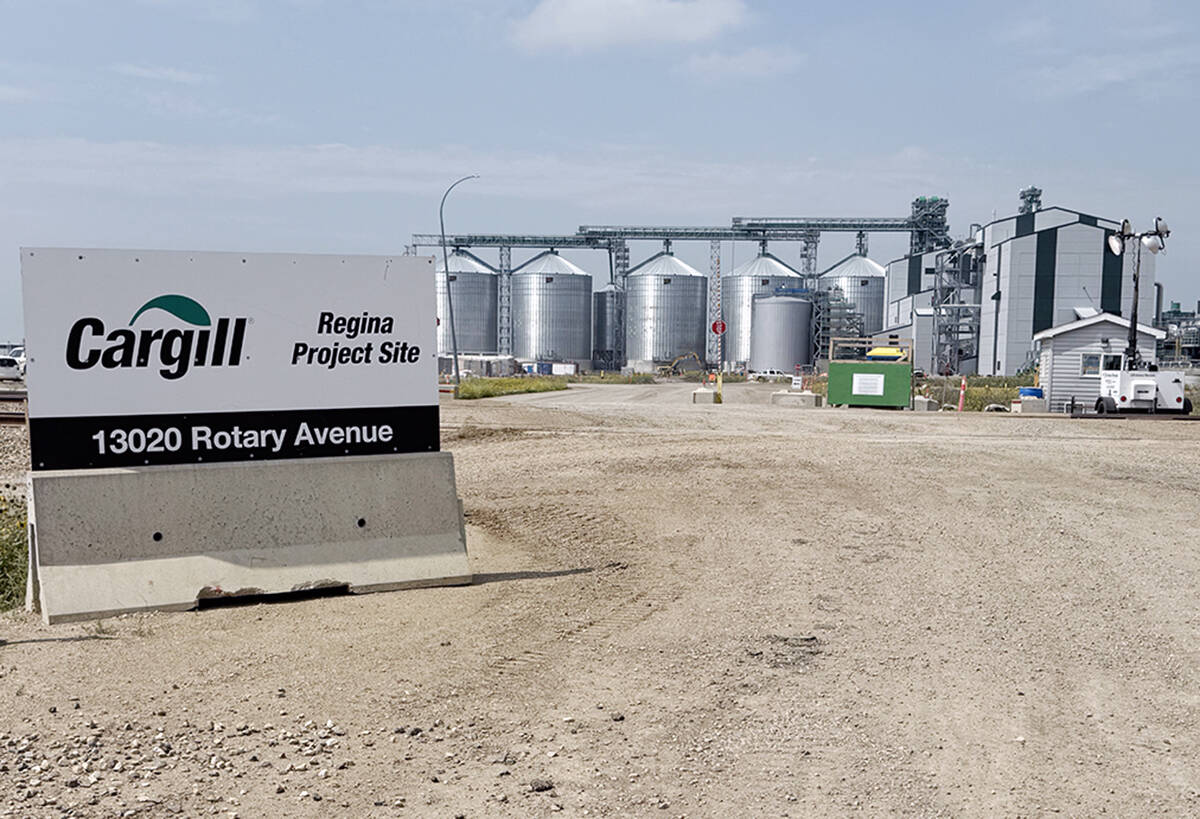
Cargill’s Regina crush plant should help offset loss of China demand
Cargill’s new Regina crush facility is expected to help raise domestic demand for Canadian canola just as China, usually Prairie growers’ top export buyer, raises a new tariff wall.
Southern Alberta and southwestern Saskatchewan have most of the pasture for the cow-calf industry. The region receives about 250 millimetres of precipitation per year so growing a good pasture presents a challenge.
Timing of the moisture is critical for stimulating the growth of cool season grasses and legumes. Except for irrigated areas, there is little chance of second growth because of lack of moisture, so optimizing the first harvest is more critical, he said.
It is also critical to create the right balance that prevents bloat in animals and maintains plant health.
“When you graze the alfalfa grass pasture, it is probably best to graze it at around that 10 percent bloom,” Iwaasa said.
Mixtures also provide agronomic advantages. Grasses increase plant density and improve ground cover to curb soil erosion and weed growth. A strong stand also reduces insect infestation.
The trick is finding the right balance so all the plants survive over the growing season. With legume grass mixtures, the grass tends to dominate and the alfalfa disappears. Cool season grasses tend to grow faster in spring and early summer while alfalfa grows later in the season.
Many alfalfas weaken under continuous grazing. They need a period of recovery for about 30 days in a rotational system so the roots can replenish, especially the tap-rooted types.
“If you have a continuous grazing system and you are constantly hammering that alfalfa, you run the risk of it eventually leaving your stand,” Iwaasa said.
Creeping-rooted varieties can withstand more grazing pressure, produce lots and survive a prairie winter and a dry summer. However, they are less productive than the tap-rooted varieties.
Legumes such as cicer milkvetch, sanfoin, clovers and birdsfoot trefoil offer bloat protection but some will not grow in the southern Prairies.
Sanfoin is an excellent grazing plant that compares favourably with alfalfa’s yield and provides good animal performance.
Cicer milkvetch delivers good nutrition, is long-lived and is nonbloating. It has a different production curve than alfalfa and comes on about two weeks later in the growing season. It can extend the grazing season but it may disappear the following year if there is not enough spring moisture.







